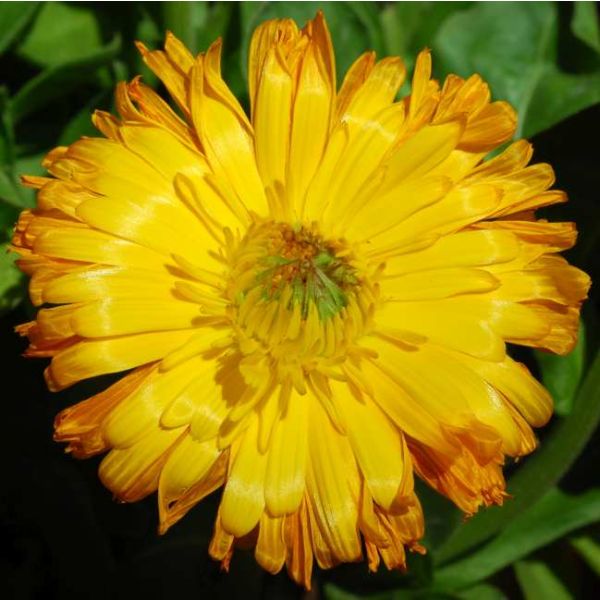Graines de Souci (Calendula Officinalis)
Graines de Souci (Calendula Officinalis)
Fleur ornementale et médicinale aux pétales jaunes et oranges, parfaite pour les jardins et les soins naturels.

Delivery
All orders shipped with UPS Express.
Always free shipping for orders over US $250.
All orders are shipped with a UPS tracking number.
Returns
Items returned within 14 days of their original shipment date in same as new condition will be eligible for a full refund or store credit.
Refunds will be charged back to the original form of payment used for purchase.
Customer is responsible for shipping charges when making returns and shipping/handling fees of original purchase is non-refundable.
All sale items are final purchases.
Help
Give us a shout if you have any other questions and/or concerns.
Email: contact@domain.com
Phone: +1 (23) 456 789
Availability: En stock
SKU
Calendula Officinalis
Le Souci ou Souci officinal (Calendula officinalis L., 1753), est une espèce de plantes herbacées pérenne à courte vie souvent cultivée comme annuelle, à fleurs jaunes ou jaune orangé, dont la floraison commence aux premiers jours du printemps et peut durer presque toute l'année. il est parfois appelé Souci des jardins.
Très commun dans les régions méditerranéennes, le souci officinal croît dans la plupart des jardins et des friches sans avoir besoin d'y être semé, le vent faisant office de jardinier. Ses graines survivent à des froids importants (-25°C).
Le Souci des champs (Calendula arvensis), ou souci sauvage, ou souci des vignes, est plus petit avec des graines du centre un peu différentes. Ses parties ont les mêmes propriétés que le souci officinal.
Le Souci est une plante tinctoriale, d'utilisation domestique. Il fournit une couleur jaune crème, obtenue par une décoction de ses fleurs. Le Souci fournit aussi une source de colorant alimentaire non toxique, notamment utilisé pour foncer les beurres.
Ses feuilles sont alternes, oblongues et sessiles. Ses pétales ont permis de falsifier le safran.
Les fleurs ont la particularité de se fermer la nuit et de se rouvrir dès que le soleil est suffisamment haut dans le ciel. C'est d'ailleurs ce qui lui a valu son nom de souci, qui n'a rien à voir avec nos tracas quotidiens mais vient du latin solsequia (= qui suit le soleil). Son nom latin paraît lui lié aux calendes (premier jour du mois chez les Romains), peut-être pour souligner le fait qu'il fleurit toute l'année. Le souci fait entre 40 et 70 cm de haut suivant les variétés.
Autre particularité des soucis, les capitules sont radiés et produisent trois types différents d'akènes peu semblables les uns par rapport aux autres. Les fleurons centraux donnent des akènes courbés striés et couverts d'excroissances rugueuses. Les fleurons ligulés à la périphérie de l'inflorescence donnent quant à eux des fruits beaucoup plus gros et lignifiés, soit allongés portant des excroissances en crochet dures, soit larges portant de courts crochets et comportant des côtes aplaties et rigides. Ceux allongés s'accrochent parfois aux vêtements ou aux poils des animaux, tandis que ceux aplatis traînent au sol et sont déplacés par le vent alors que les akènes centraux tombent simplement au sol. La plante pratique ainsi la barochorie, l'épizoochorie et l'anémochorie dans une moindre mesure.
Toutes les parties du Souci officinal ont une odeur aromatique forte, peu agréable, et leur saveur est amère.
| label | Calendula officinalis |
|---|---|
| Famille | Asteraceae |
| Genre | Calendula |
| Espèce | Calendula officinalis |
| Price View | Tranche de prix |

